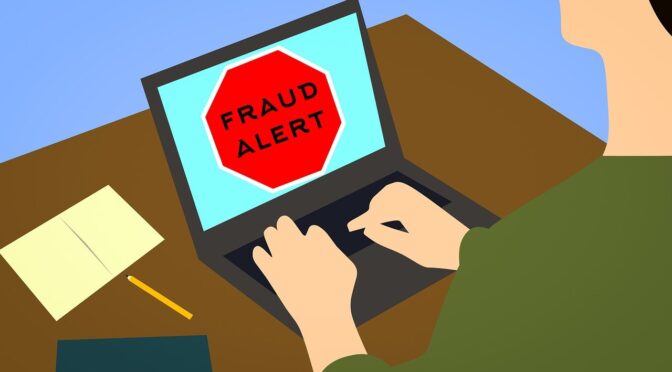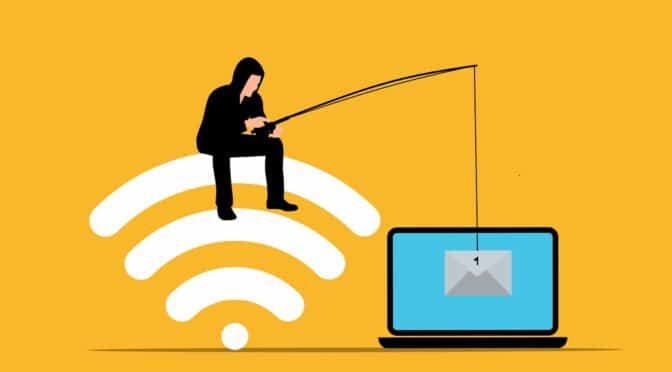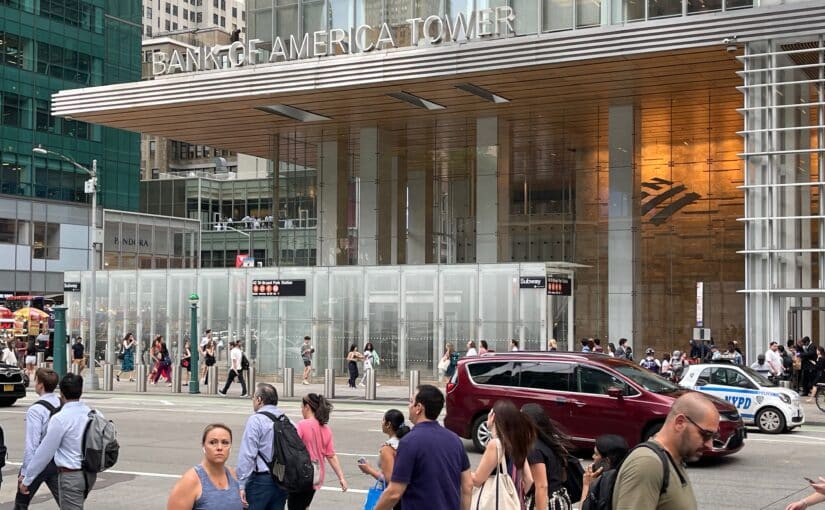by Barbara Nevins Taylor
The Consumer Financial Protection Bureau (CFPB) found that almost half of those who get a mortgage, don’t shop around. They visit one bank, or mortgage broker and take the offer on the table. But when you shop around, it’s likely that you will find a better deal.
To help you figure it out, we put together 7 tips to get the best mortgage deal.
Because it’s the American dream to own a home the federal government has programs to make it possible for you to buy a home using a relatively small down payment. Most of these loans are made through the Federal Housing Administration (FHA), which is part of the Department of Housing and Urban Development.
FIRST TIME HOMEBUYER
Mike Copley, Executive Vice President of TD Bank says, “The FHA is the most popular type of program for the first-time homebuyer.”
SEASONED HOMEBUYER
Yet even if you are a seasoned buyer, and have owned a home before an FHA mortgage may work for you. “FHA loans are good for anybody who wants to buy a house,” explains Manny Alvarado, a housing specialist with HUD. With an FHA mortgage you need only 3.5 percent down if your credit rating is good.
1. REVIEW YOUR CREDIT REPORT BEFORE YOU APPLY FOR A LOAN.
You can get a free copy of your credit report at AnnualCreditReport.com. Check to see if there are errors on the report. If there are write letters to the companies that have made the mistakes and write letters to the 3 credit bureaus, Experian, TransUnion and Equifax. Keep copies of everything that you send. Mistakes on your credit report will affect your credit score.
Banks use your credit score to determine what your down payment and interest rate should be. Banks generally use the FICO Score and you will pay a fee to the bank so that they can order your credit score. You too can see a copy of that before you apply for a mortgage. But you’ll have to pay for it. You can order a copy at MyFICO.com
How Banks Use the FICO Score
Every bank has slightly different criteria. TD Bank’s Mike Copley says, “If you want to go with 3.5 percent down, your FICO score has to be a minimum of 580. If it is below that you have to come in with 10 percent.”
You can learn about what goes into a FICO score and its importance in ConsumerMojo.com’s What’s the First Step to Get a Mortgage video and the accompanying Quick Downloads.
2. PUT TOGETHER YOUR DOWN PAYMENT
You can get help from others to assemble the down payment. “It could be gifted funds from friends and relatives. But it has to be gifted funds. It can’t be monies borrowed against a credit card,” says HUD’s Alvarado.
HUD uses a formula to determine if you have enough income to make your monthly payments.
You can’t spend more than 31 percent of your monthly income on mortgage payments. But if others will share the mortgage and financial responsibility with you, their income can be included in the calculation of that 31 percent. “You can have up to four people on an application. But they all have to be contributing the household,” says Alvarado.
3. CONSIDER AN FHA LOAN WITH A LOW DOWNPAYMENT
Bankers like FHA mortgages because the loans are insured, and there’s no risk to the bank if you can’t make your payments and default.
But to cover the cost of that insurance, FHA mortgages carry higher fees than most other types of mortgage loans. You pay an Upfront Mortgage Insurance Premium (PMI) of 1.75% of the loan and a monthly insurance fee of 1.25% of a loan that $625,000 or less. The fees are slightly higher for loans over that amount. It’s possible to roll these fees into the mortgage so that you pay them over the life of the loan.
FHA officials insist their mortgages are competitive. HUD’s Alvarado says, “If you go to a lender and you come in with less than 20 percent, they are going to say you have to have private mortgage insurance. With us, we call it the mortgage insurance premium and it’s comparable to anybody else.”
While FHA does finance homes over $625,000, it limits the price of the home you can buy with an FHA insured mortgage. The number varies from community to community. Go to www.hud.gov and click on “Buy a Home” to find what FHA will finance in your area.
HUD also encourages homebuyers to visit its website to find a local housing counselor at a not-for-profit agency to help navigate the home buying process. You can find a list of housing counselors at www.hud.gov. Click on resources and there’s a link to housing counselors.
3. CONSIDER A VA LOAN
The Department of Veterans Affairs also insures mortgages. This is great deal, if you qualify, because you don’t put any money down. That means you get 100 percent financing.
4. CONSIDER A USDA LOAN
The U.S. Department of Agriculture insures loans in rural communities. This program is similar to what the VA offers. You put no money down and you get 100 percent financing.
5. CHECK YOUR STATE, COUNTY AND LOCAL GOVERNMENT FOR HOMEBUYER GRANTS
State and local governments often offer grants for down payment assistance and closing costs. In some areas a homebuyer can get as much as $25,000 toward the purchase of a home.
6. APPLY FOR THE FIRST HOME CLUB, IF IT’S AVAILABLE IN YOUR AREA.
Some banks including giants like HSBC, and regional and local banks like Astoria Federal Savings Bank in New York, and Metchuen Savings Bank in New Jersey offer free money through a program called The First Home Club. This is a way to save money tax-free for a home purchase.
It was created by theFederal Home Loan Bank of New York, and you can find a complete list of participating banks in New York, New Jersey, Ohio and Connecticut at FHLBNY.
Kenneth Totten, Vice President and Chief Lending Officer of Metuchen Savings Bank, explains how it works: “You set up a savings account and for every dollar that you save on a monthly basis there’s a four-to-one matching grant.”
Banks use The First Home Club to get you to bank and borrow with them. It works well for those who qualify. If you save $200 a month for ten months you get a grant of $7500 from the bank. “That money is interest-free and it is forgivable over a five-year time frame. If you sell it (the home), you have to pay a portion of the money back, butonly the principle. There is no interest being charged,” Totten explains.
7. TAKE A HOMEOWNERSHIP COURSE THROUGH A NOT-FOR-PROFIT. THEY CAN HELP WITH GRANTS AND PROGRAMS THAT OFFER MONEY.
You are required to take a homeownership course at a HUD-certified not-for-profit counseling agency to get the money. The participating banks want to make sure you know what homeownership entails.
“Many people don’t know what they are getting into. They don’t know the expense of owning a home. It’s not just taxes, principal and insurance. Those are big-ticket items. You also have to pay for heat, water and electricity. If you own a house, if something breaks you have to fix it,” says HUD’s Manny Alvarado.
Housing counselors provide a reality check, and give you the information you need to succeed as a homeowner.
WATCH ANOTHER VIDEO:


